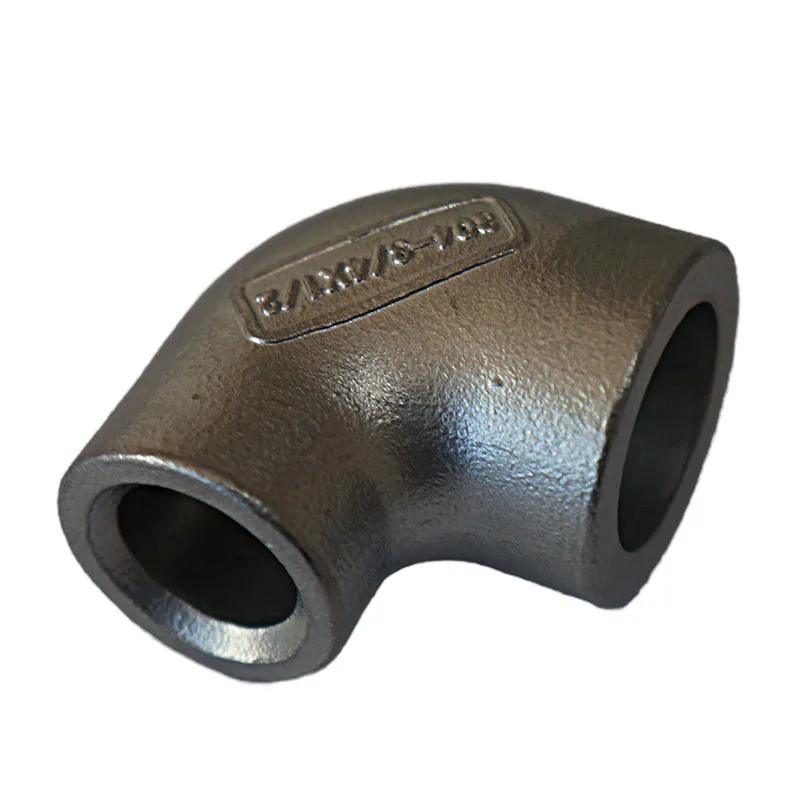what is metal stamping process
Understanding the Metal Stamping Process
Metal stamping is a sophisticated manufacturing process that involves shaping and cutting metal sheets into specific forms, utilizing a series of dies and presses. This technique has gained prominence in various industries, including automotive, electronics, aerospace, and consumer goods, due to its efficiency and precision. In this article, we will dive into the intricacies of the metal stamping process, its applications, advantages, and the different types of metal stamping techniques employed in modern manufacturing.
What is Metal Stamping?
At its core, metal stamping refers to the process of converting flat metal sheets into predetermined shapes and sizes through deformation. This is accomplished using a stamping press and specialized dies. The dies are pre-designed molds that impart the desired geometric shape to the metal as it passes through the press. Metal stamping can involve several operations in one cycle, including bending, embossing, piercing, and flanging, among others.
The Metal Stamping Process
The metal stamping process typically consists of the following steps
1. Design and Prototyping Before any metal stamping can take place, engineers must design the parts and develop prototypes. Computer-aided design (CAD) software is often used to create detailed drawings and specifications.
2. Die Creation After the design is finalized, a die must be manufactured. This is a critical step, as the precision of the die directly affects the quality of the final product. Die-making involves machining and crafting a robust metal mold.
3. Material Selection The choice of material is a vital component of the process. Common materials for stamping include stainless steel, aluminum, copper, and brass. The selection depends on the mechanical properties and cost considerations based on the intended application.
4. Stamping Once everything is in place, the actual stamping occurs. A stamping press exerts tremendous force on the metal sheet, forcing it into the die. This process can rapidly produce large quantities of parts with high precision, making it ideal for mass production.
5. Finishing After stamping, parts may require additional finishing processes, such as trimming, cleaning, or surface treatment, depending on the intended application.
Types of Metal Stamping
There are several types of metal stamping techniques that can be employed, each tailored to specific manufacturing needs
what is metal stamping process

- Progressive Stamping In this method, multiple operations happen in a single pass through a series of dies. It is commonly used for high-volume production and allows for efficient and continuous feeding of materials.
- Deep Drawing This process involves pulling a sheet of metal into a die to create parts with significant depth and complex shapes. It's often used for making components like cans and enclosures.
- Fine Blank Stamping Fine blanking is a precision stamping method characterized by producing parts with tight tolerances and minimal burrs. It's suitable for creating intricate components used in machinery and automotive applications.
Advantages of Metal Stamping
Metal stamping offers several advantages, making it a preferred choice in manufacturing
1. High Precision The use of dies ensures that parts are manufactured to exact specifications, resulting in high-quality components.
2. Efficiency The ability to produce large quantities of parts rapidly makes metal stamping an efficient manufacturing solution, reducing lead times and production costs.
3. Flexibility Metal stamping can accommodate various designs and materials, providing manufacturers with versatility in their production processes.
4. Reduced Waste The process minimizes scrap, as the precise cutting of metal sheets leaves little excess material.
Applications
The metal stamping process finds applications across various industries. In the automotive sector, it is used to produce body panels, brackets, and other vital components. In electronics, stamped parts are essential in creating connectors, casings, and frames. The aerospace industry relies on metal stamping for manufacturing structural components that require high strength-to-weight ratios.
Conclusion
The metal stamping process plays a pivotal role in modern manufacturing, enabling the creation of complex parts with exceptional precision and efficiency. As industries continue to evolve, the importance of metal stamping will persist, driven by the demand for high-quality components and the need for sustainable production practices. Understanding this process is crucial for anyone involved in manufacturing, engineering, or product design.
-
OEM Sand Cast Pump Valve Fittings - Baoding Hairun | Precision Engineering, CustomizableNewsJul.30,2025
-
OEM Sand Cast Pump Valve Fittings - Baoding Hairun Machinery And Equipment Trading Co., Ltd.NewsJul.30,2025
-
OEM Sand Cast Pump Valve Fittings - Baoding Hairun Machinery And Equipment Trading Co., Ltd.NewsJul.30,2025
-
OEM Sand Cast Pump Valve Fittings - Baoding Hairun Machinery|Precision Engineering&Fluid ControlNewsJul.30,2025
-
OEM Sand Cast Pump Valve Fittings - Baoding Hairun Machinery And Equipment Trading Co., Ltd.NewsJul.30,2025
-
OEM Sand Cast Pump Valve Fittings-Baoding Hairun Machinery And Equipment Trading Co., Ltd.NewsJul.30,2025















